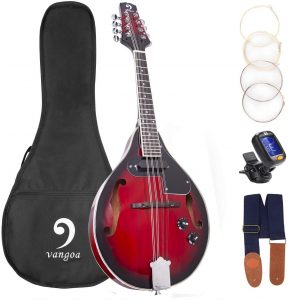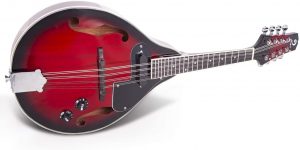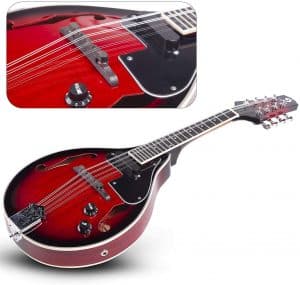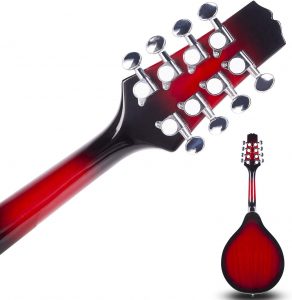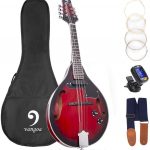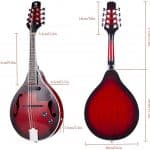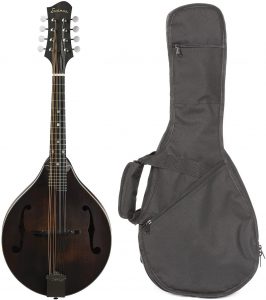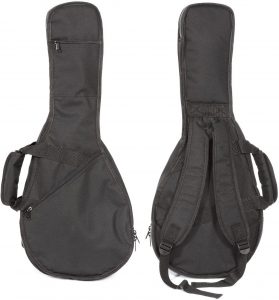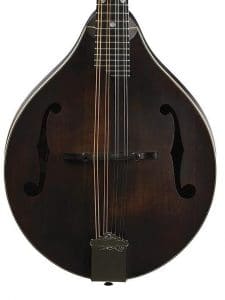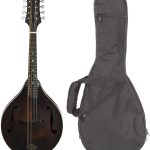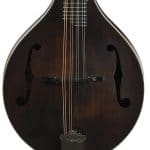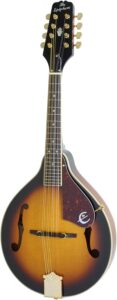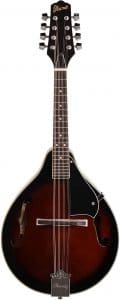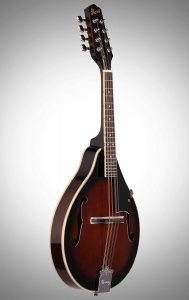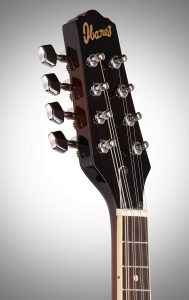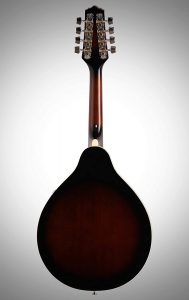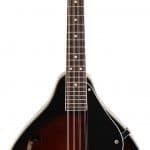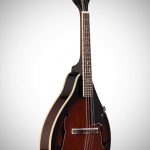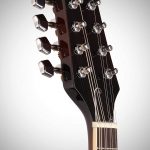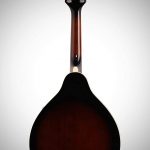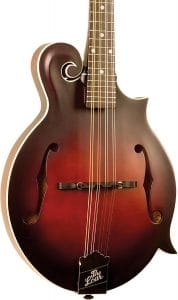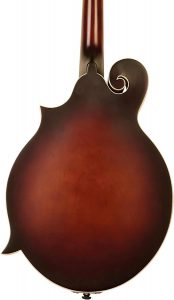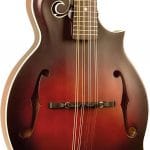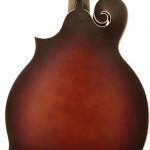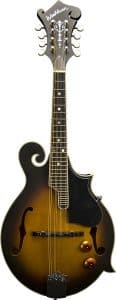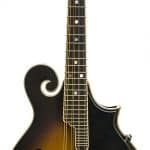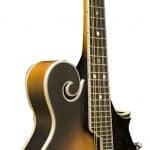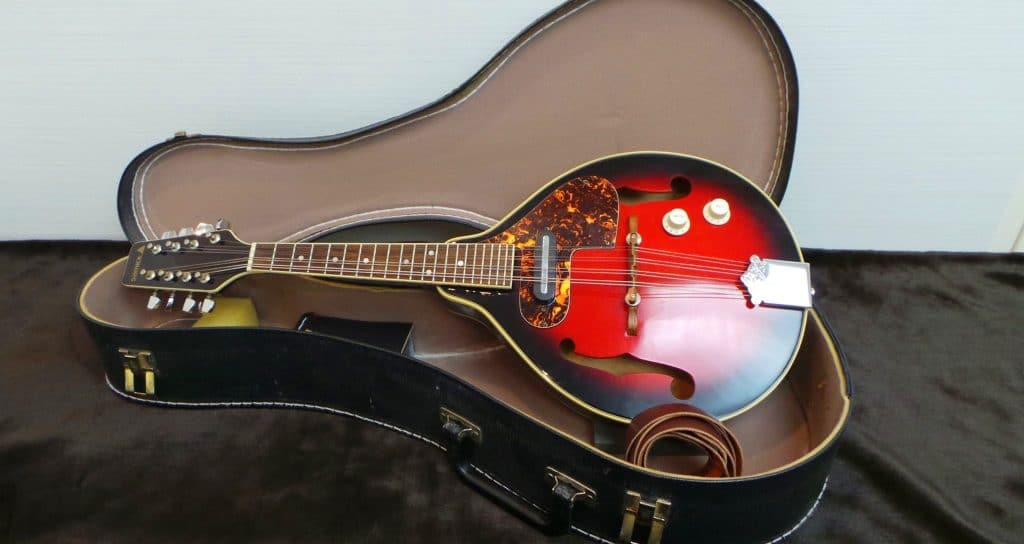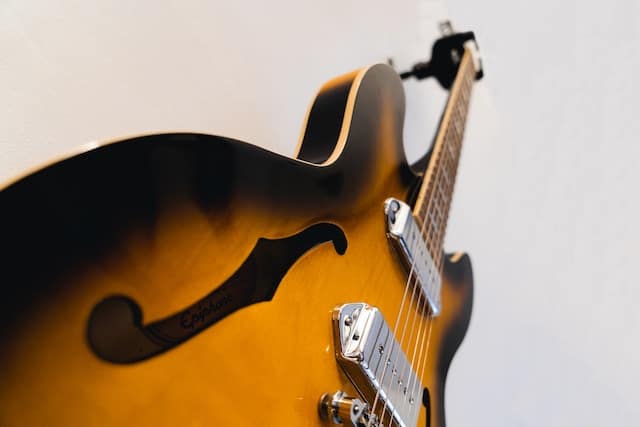History behind mandolins
Mandolin also spelled mandolin, is a stringed musical instrument in the lute family. You play it by plucking with a plectrum. The mandolin evolved in the 18th century in Italy and Germany from the 16th-century mandora as a small, short-necked lute with eight strings.
- Evolution of the mandolin
Typically, the evolution of today’s mandolin went something like Lyre – Lute – Mandola – Mandolina – Mandolin. Much of mandolin development revolved around the so the top(soundboard). Earlier instruments were quiet, were strung with gut strings, and plucked with the fingers. On the other hand, modern instruments are louder, use metal strings, which exert more pressure than the gut strings.
The modern soundboard can withstand the pressure of metal strings that would break earlier than their predecessors. The top comes in many shapes—but generally round or teardrop-shaped, sometimes with scrolls. There are typically one or more sound holes in the soundboard, either round, oval, or shaped like a calligraphic f (f-hole).
The three basic types are the Neapolitan or round-backed mandolin, the archtop mandolin, and the flat-backed mandolin. The round-back has a deep bottom, made of strips of wood, and glued together into a bowl. Neapolitan mandolins feature prominently in European classical and traditional music.
The archtop, also called the carved-top mandolin has an arched top and a shallower, arched back carved out of wood. Archtop instruments are most common in American folk music and bluegrass music. The flat-backed mandolin is made of thin sheets of wood for the body, braced on the inside for strength as in a guitar. Flat-backed instruments are most commonly used in Irish, British, and Brazilian folk music. Each style of instrument has its own sound quality and is associated with particular forms of music.
Features to consider before you buy a mandolin
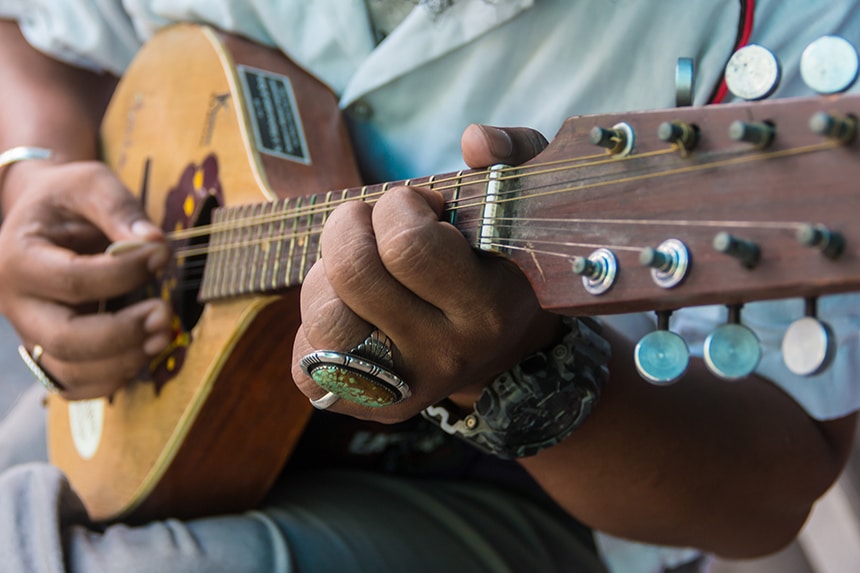
Mandolins come in many varieties- bowl-backs, flat-backs, A-style, F-style, flat-tops, electrics, 8-string, 4-string, 5-string, resonator, etc. It’s a jungle out there. Your choice will be dictated by how you intend to use your instrument, among other factors. Whether you need to choose the best acoustic-electric mandolin or any other model, we can help you cut through the noise. You must consider the style, back material, top material, number of strings, accessories, and weight. Here are the details.
Style
Most commercially available acoustic mandolins are either A-style or F-style. The A-style features a symmetrical teardrop-shaped body like in the Epiphone MM-30S and the Ibanez, among others on the list. F-style, however, features a decorative scroll on the upper bass side and multiple points sticking out from the body. A-styles are typically the best beginner mandolins in the market. F styles cost about twice as much as a similar quality A style from the same builder. So, choosing between the two is a matter of aesthetics and price.
Number of strings
Most mandolins have four pairs of string, making eight strings in total. Most of the reviews on our list fall in this category except the Washburn Package Program M3EK F Mandolin Pack with six. It doesn’t really matter how many strings your mandolin has; you can still make beautiful music with it.
At the end of the day, the ideal string number really comes down to personal preference.
Top material
Mandolins almost always use different woods for each part. The top (or soundboard) commonly uses spruce or maple material. Most of the products on our review use these two materials for the soundboard. As for the construction, the process uses two techniques- solid, meaning the part was carved out of a single piece of wood. Or laminate, which means various sheets of cheap wood are placed on top of each other.
Skilled players agree that solid construction is the best because a single piece of wood vibrates much more than various layers of wood glued together, thus delivering an overall better sound.
Back material
The backs and sides material of the mandolin are most often made from maple, which is prized for its clarity. Sometimes the sides can also be made with maple or mahogany like in Vangoa and Ibanez models in our review. Trying out as many tonewood combinations as you can get your hands on to find one that fits your style.
Weight
You also need to check out the weight of your instrument. It is a factor that you cannot overlook as it indicates the size and volume of the mandolin. Heavier models might tire your shoulders and be a little difficult to carry around. Lighter models, however, are easier to handle and carry, especially if you want to travel with your mandolin. A lightweight model likes the Epiphone MM-30S is ideal if you wish to move or travel often.

Accessories
Well-selected accessories for the mandolin will enhance your experience and help to protect your instrument. For instance, the built-in strap pin in the Epiphone MM-30S, which allows you to attach a standard strap, is necessary. It reduces the chances of dropping and damaging the instrument as you play. You can look out for other extra features like picks and tuners, cases and gig bags, extra strings, and a capo.





